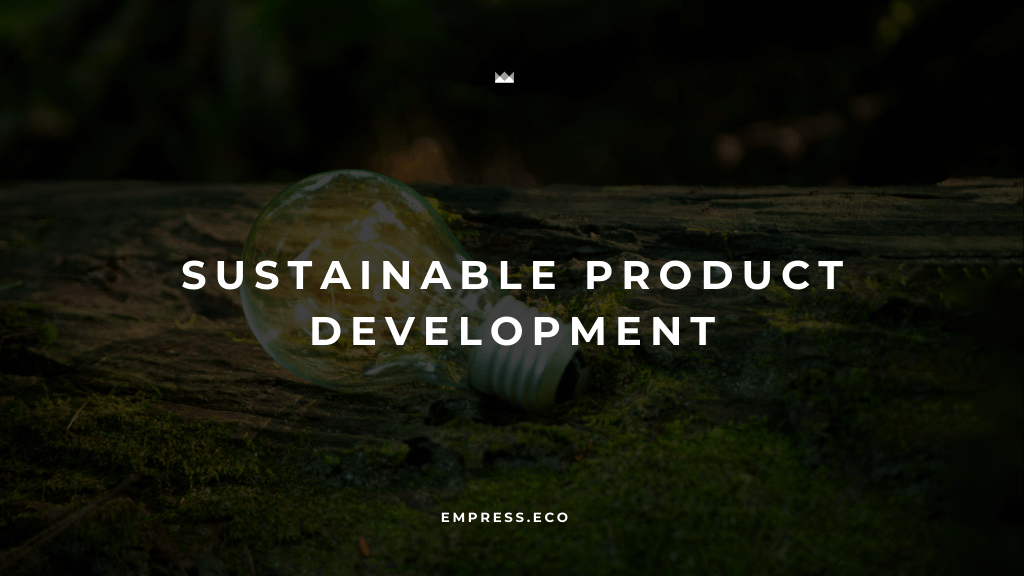Terrestrial ecosystems are vital for human survival and well-being, providing essential services such as clean air, water, food, and raw materials. However, these ecosystems are under severe threat from deforestation, land degradation, and biodiversity loss. Sustainable Development Goal 15 (SDG 15) aims to "protect, restore and promote sustainable use of terrestrial ecosystems, sustainably manage forests, combat desertification, and halt and reverse land degradation and halt biodiversity loss" by 2030. This goal underscores the urgent need for concerted efforts to safeguard our planet's terrestrial ecosystems.
The Current State of Terrestrial Ecosystems
The state of the world's terrestrial ecosystems is alarming. According to the United Nations, the world's forest area continues to decline, with agricultural expansion accounting for nearly 90% of global deforestation. The proportion of forest cover to total land area decreased from 31.9% in 2000 to 31.2% in 2020. Furthermore, species extinction risk has worsened, with a 12% deterioration in the aggregate Red List Index between 2024 and 1993. The extinction risk of amphibians, for example, is driven by climate change, habitat conversion, and invasive species.Key challenges include:
- Deforestation: Forests are being cleared at an alarming rate for agriculture, urban development, and other uses.
- Biodiversity Loss: Species extinction rates are accelerating, threatening ecosystem stability and resilience.
- Land Degradation: Desertification, soil erosion, and habitat destruction are degrading land quality and productivity.
- Invasive Species: Non-native species are disrupting ecosystems and outcompeting native flora and fauna.
Key Strategies for Protecting and Restoring Terrestrial Ecosystems
To achieve SDG 15, a comprehensive approach is essential. Here are some key strategies:
1. Sustainable Forest Management
Ensuring the sustainable management of forests is crucial for conserving biodiversity and mitigating climate change:
- Afforestation and Reforestation: Promoting the planting of trees and the restoration of degraded forests (UN).
- Forest Certification: Encouraging the use of certified sustainable forest products (Forest Stewardship Council).
2. Combating Desertification and Land Degradation
Efforts to prevent and reverse land degradation are vital for maintaining ecosystem services:
- Sustainable Land Management: Implementing practices that prevent soil erosion and restore degraded lands (UNCCD).
- Agroforestry: Integrating trees into agricultural landscapes to enhance soil health and productivity (FAO).
3. Protecting Biodiversity
Conserving biodiversity is essential for ecosystem resilience and human well-being:
- Protected Areas: Establishing and effectively managing protected areas to conserve key biodiversity areas (IUCN).
- Species Conservation: Implementing targeted conservation programs for threatened species (WWF).
4. Addressing Invasive Species
Managing invasive species is critical for protecting native biodiversity:
- Prevention and Control: Implementing measures to prevent the introduction and spread of invasive species (UN).
- Eradication Programs: Developing and executing programs to control or eradicate priority invasive species (Global Invasive Species Programme).
5. Enhancing Global Cooperation
International cooperation is key to addressing global environmental challenges:
- Financial Resources: Mobilizing financial resources to support conservation and sustainable use of biodiversity (UN).
- Knowledge Sharing: Facilitating the exchange of knowledge, technology, and best practices among countries (Convention on Biological Diversity).
Conclusion
Protecting and restoring terrestrial ecosystems is essential for the health of our planet and the well-being of future generations. By promoting sustainable forest management, combating desertification and land degradation, protecting biodiversity, addressing invasive species, and enhancing global cooperation, we can make significant strides towards achieving SDG 15. As we work towards 2030, it is crucial to maintain momentum, adapt to emerging challenges, and ensure that our efforts to safeguard terrestrial ecosystems are effective and inclusive.Through innovation, investment, and collaboration, we can create a sustainable future where terrestrial ecosystems thrive, biodiversity is preserved, and the benefits of healthy ecosystems are enjoyed by all.


